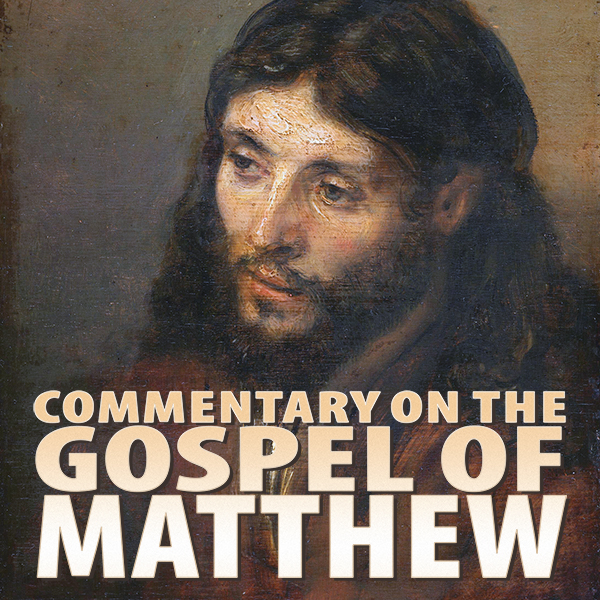Introduction to Matthew Part 1

Episode 1 – An Introduction to the Gospel of Matthew which covers an overview of the book, the Hebrew Matthews, authorship, the date of the writing, the message of the Gospel, and an outline of this work.
Tim graduated from Cedarville University in 1973 with a Bachelor’s Degree in Music and Bible, with a minor in Philosophy. He entered Northwest Baptist Seminary (Tacoma, WA) in 1973, completing his M.Div. (summa cum laude) in 1976. He completed his Th.M. (summa cum laude) in 1978, also from NWBS. His Master’s Thesis was titled: “The Abrahamic Covenant and the Covenant of Grant in the Ancient Near East”. Tim taught Biblical Hebrew and Hebrew Exegesis for three years as an adjunct faculty member at Corban University School of Ministry when the school was located in Tacoma. Corban University School of Ministry is now in Salem, OR. Tim is a member of the Evangelical Theological Society and the Society of Biblical Literature, and has contributed papers at the annual meetings of both societies. Since 1990, Tim has served as one of the Overseers at Beit Hallel in Tacoma, WA. He and his wife, Paulette, have four children, nine grandchildren, and three great-grandchildren.

Episode 1 – An Introduction to the Gospel of Matthew which covers an overview of the book, the Hebrew Matthews, authorship, the date of the writing, the message of the Gospel, and an outline of this work.